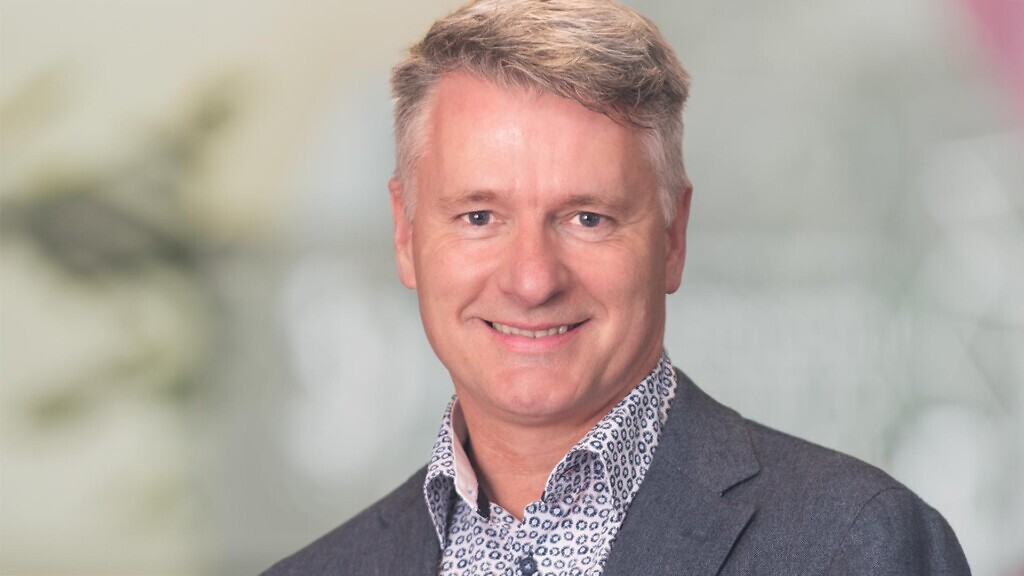Professor Michael Dooley, the director of the Voluntary Assisted Dying pharmacy service in Victoria explains what Britain can learn from the Australian experience of assisted dying.
Britain is inching closer to a legal framework for assisted dying.
Sponsored by Kim Leadbetter, Labour MP for Spen Valley, the Terminally Ill Adults (End of Life) Bill was introduced to parliament in mid-October last year by way of the Private Members’ Bill ballot and was published a month later, in November. It is currently in committee stage.
As Healthcare Today reported in early March, there is growing acceptance among all types of clinicians towards assisted dying.
In June 2019, Victoria was the first state in Australia to pass Voluntary Assisted Dying laws. As the director of the Voluntary Assisted Dying pharmacy service in Victoria, Australia, Professor Michael Dooley is the expert people turn to when they want to understand how assisted dying can work in practice. He recently gave evidence to parliament about his experience and here, talks to Healthcare Today about how legislation should be implemented.
Based on your experience in Victoria, what key lessons should the UK learn when implementing an assisted dying framework?
Victoria was the first state in Australia to legalise assisted dying, and the legislation has now been in place for approximately five years. The practicalities of how the system operates, offer valuable insights for other jurisdictions. One of the most significant takeaways is the robustness of the Australian model, which has proven to be both safe and effective.
A notable aspect of the Australian approach is the use of specific medications for self-administration, which differ from those employed. The medications used across Australia have been carefully selected and are demonstrably effective. In every case where patients have taken these medications, the outcome has been as intended: a peaceful death. Over the past five years, more than 2,000 patients have gone through the process, with the majority self-administering the medication in their own homes. This has been achieved safely, with families providing feedback that consistently describes the experience as peaceful.
For the UK, the key lesson is to examine the Australian model closely rather than looking to certain states in the US, where different medications and more complex processes have been used.

Are there any significant differences in approach in the British model?
The approach pioneered in Victoria is now being adopted and replicated across other Australian states, each of which has undergone an independent review process. Consistently, these reviews have reaffirmed the effectiveness and safety of the Victorian model. Based on conversations with several individuals involved in the UK’s efforts, the current legislation being progressed there focuses on self-administration of medication, but with the added requirement of supervision by a healthcare practitioner. This differs slightly from the Australian model, where such supervision is not mandated.
“The legislation currently being considered in the UK follows a self-administration model exclusively, without the option for practitioner administration.”
Why is there an emphasis that the drug is self-administered?
In Victoria, patients can request that a healthcare practitioner administer the medication, but only if they are physically unable to self-administer. Under this framework, approximately 15% of patients have the medication administered intravenously by a practitioner, while the remaining 85% self-administer it orally. However, in some other Australian states, the legislation has been designed to offer patients a choice between self-administration and practitioner administration.
The legislation currently being considered in the UK follows a self-administration model exclusively, without the option for practitioner administration.
What legal safeguards in the Victorian system do you think are essential for the UK to replicate?
It is entirely appropriate to have a comprehensive set of safeguards in place, and the Victorian model incorporates these at every stage of the process. To begin with, there are stringent eligibility criteria. Two independent doctors must assess the patient to determine whether they meet the requirements for assisted dying. These assessments are spaced apart over time, ensuring that the patient has multiple opportunities to confirm their decision.
In addition to eligibility safeguards, there are measures in place to ensure patients are fully informed. They are provided with all the necessary information to make a well-considered decision, supported by clear and accurate guidance. From a practical perspective, further safeguards are embedded in the prescribing process. Doctors are not permitted to choose from a range of medications; there is only one approved medication that can be prescribed, and its use follows a strict protocol. This eliminates variability and ensures consistency across all cases.
The medication itself is managed through a centralised, statewide pharmacy service. This service is responsible for dispensing the medication and conducting final assessments of the patient. These assessments include verifying that the patient fully understands the process, is capable of self-administering the medication, and has the necessary support to do so safely. Only after these checks are completed is the medication provided to the patient.
In the UK, the proposed legislation appears to include even more safeguards than those in place in Victoria. For example, the medication is provided to a health professional, such as the prescribing doctor, who then witnesses the patient self-administering it. In contrast, the Victorian model allows patients to take the medication at a time of their choosing, once it has been dispensed to them.

What role should palliative care play in an assisted dying framework, and how can the two coexist?
It’s a very good question and one that highlights an important aspect of the assisted dying process in Australia. Around 90% of patients who pursue voluntary assisted dying are also under the care of palliative services. Five or six years ago, there was considerable resistance from the palliative care community for a variety of reasons. Over the past five years, we have seen a marked change in this dynamic. Assisted dying is now increasingly viewed as a component of the broader end-of-life journey, rather than being seen as a separate or conflicting pathway.
There is now a much greater understanding and acceptance of how the two can coexist, with assisted dying being seen as one option within a spectrum of end-of-life care.
The experience in Australia can serve as a valuable reference point for other countries that are considering similar legislation. This, in turn, will help facilitate a smoother and more cohesive approach to end-of-life care.
“Working in this space can be emotionally demanding, and it is crucial that practitioners are equipped to manage their own well-being.”
What training is needed? How can the UK ensure that healthcare professionals are adequately trained and supported to participate in assisted dying?
Each Australian state has approached the training of healthcare professionals involved in assisted dying in slightly different ways. In Victoria, for example, we implemented a structured training programme that all participating doctors are required to complete. This involves around six hours of reading, online modules and other educational components.
The technical aspects of administering the medication are relatively straightforward, as the process has been standardised and simplified. The more critical aspect of the training, however, focuses on supporting patients and their families throughout the assisted dying journey.
Another essential component of the training is ensuring that healthcare professionals themselves are supported. Working in this space can be emotionally demanding, and it is crucial that practitioners are equipped to manage their own well-being.

How did Victoria address public and professional concerns about assisted dying during its implementation?
The most important aspect of advancing assisted dying legislation is to adopt an evidence-based approach. This is crucial because there is a tendency for some individuals to rely on inaccuracies, misrepresentations, and outdated information. For instance, I’ve seen references to capital punishment practices in the US or studies from 25 years ago that bear little relevance to modern assisted dying frameworks. Notably, there is a deliberate avoidance of referencing the robust and contemporary data from Australia, which provides a clear and accurate picture of how assisted dying operates in practice.
In Victoria, we faced similar challenges when we first introduced assisted dying. At the time, critics claimed that the process would lead to numerous problems, and because we were starting from scratch, it was harder to refute these claims with concrete evidence.
The situation is very different now.
“From a medication perspective we have shown this to be safe and effective … I anticipate that the UK will follow a similar path. ”
In retrospect, would you do anything differently?
From a medication perspective we have shown this to be safe and effective. I anticipate that the UK will follow a similar path. Every time another Australian state has considered introducing assisted dying legislation, they have independently reviewed the Victorian model and concluded that it works effectively. I anticipate that the UK will follow a similar path.
As the first state in Australia to implement assisted dying, there was immense public and media interest in the details of how the system would operate. At the time, we chose not to disclose all the specifics publicly, but now, when I provide submissions to UK parliamentary committees or other public forums, I include a great deal of detail. This transparency is crucial, as it allows others to see the evidence-based framework we developed and understand why it has been so successful.



